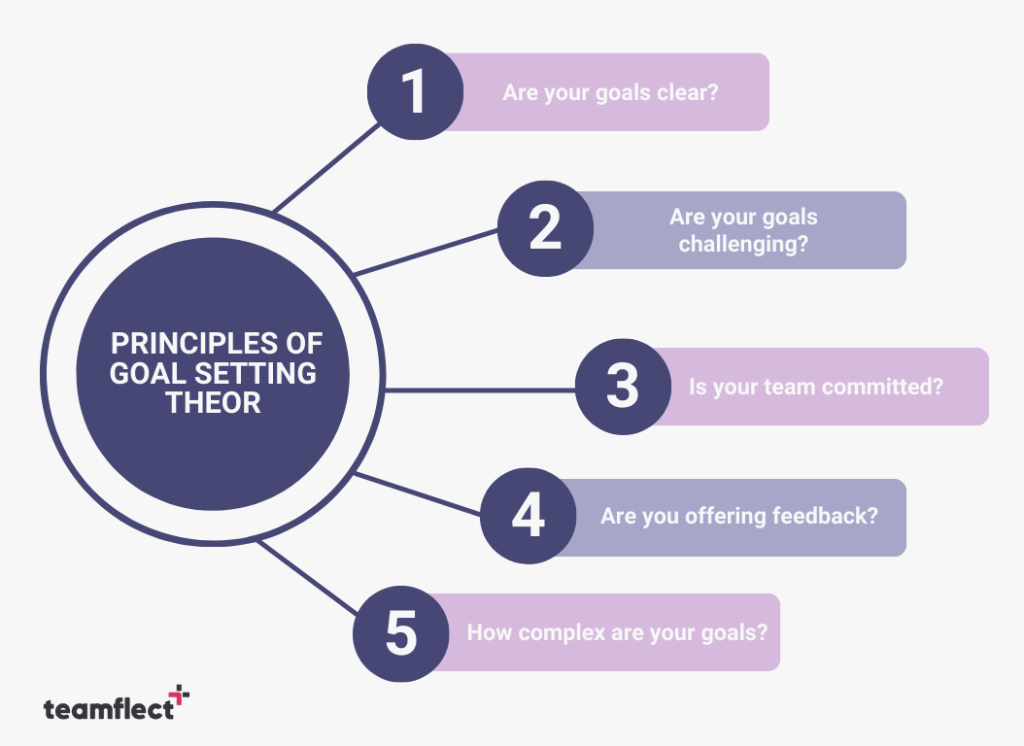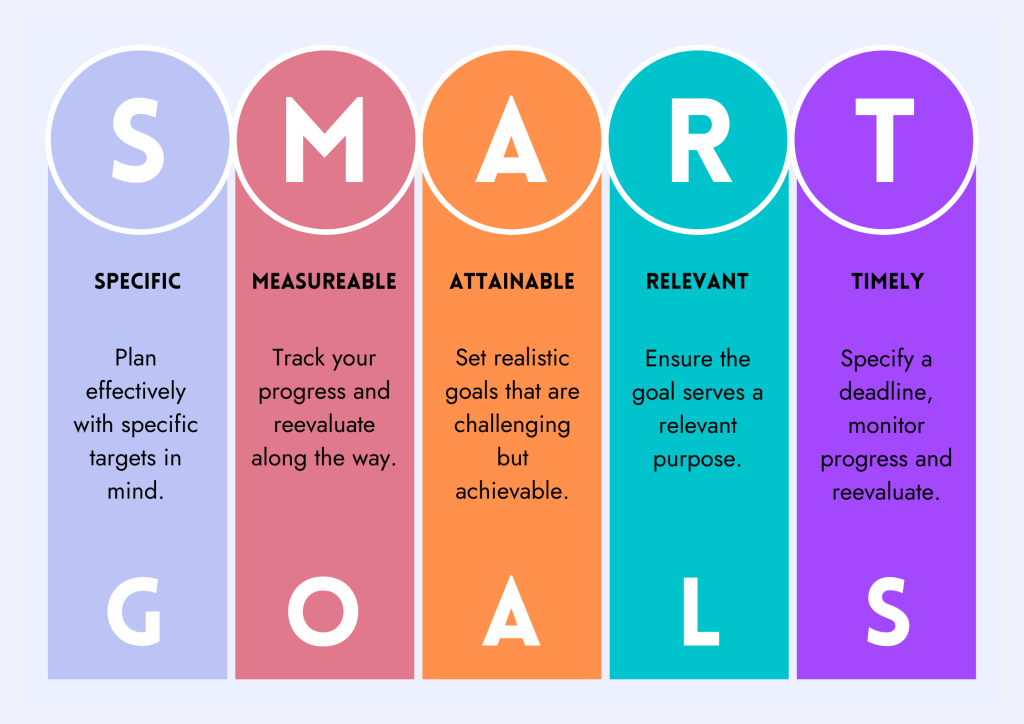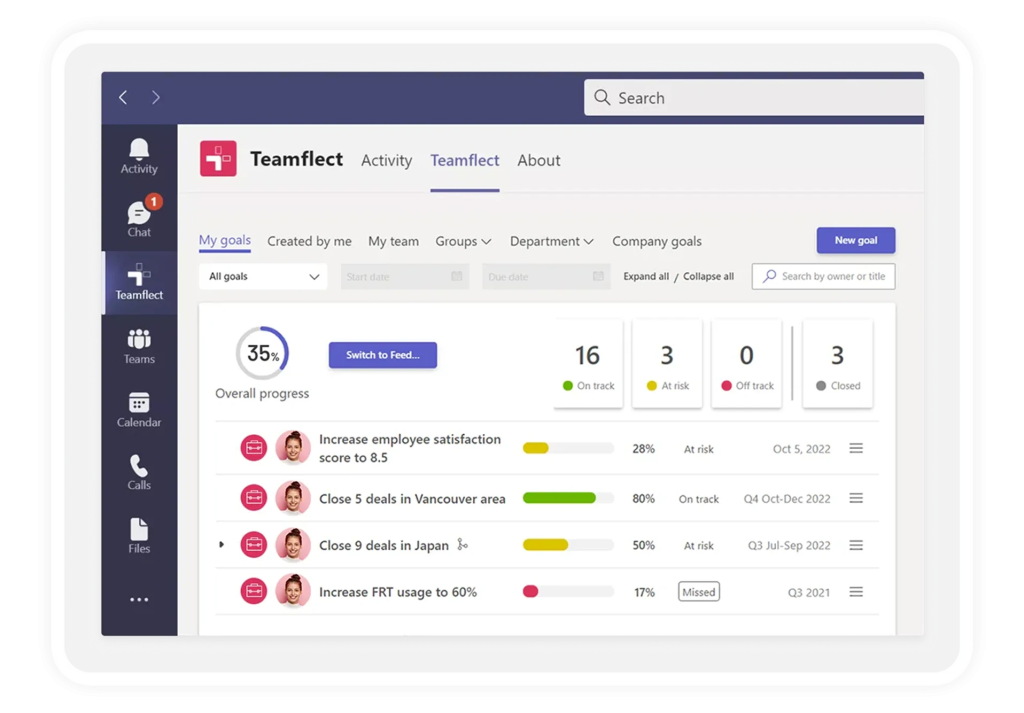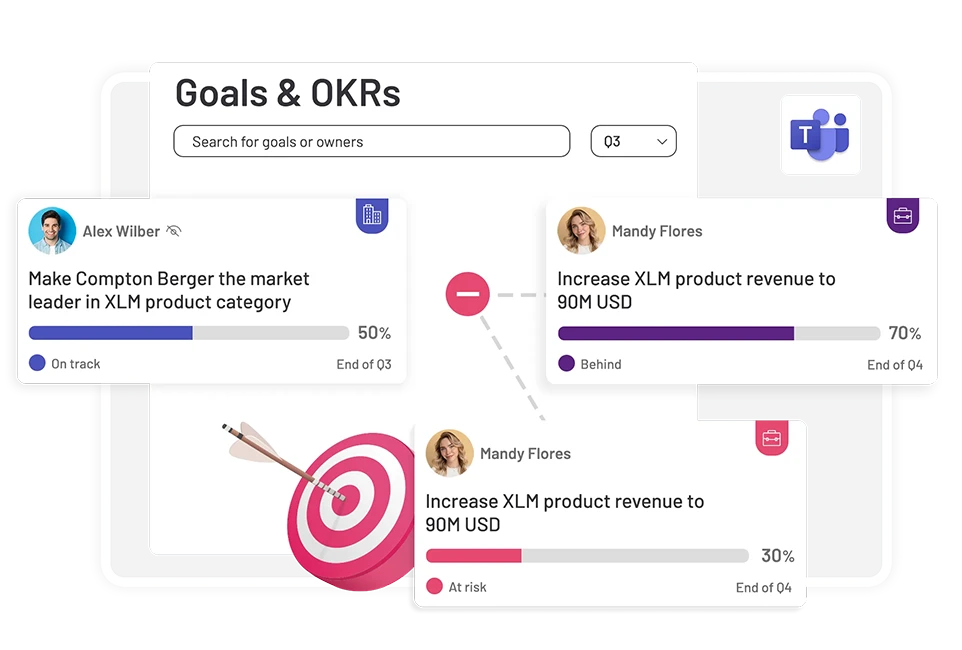Do you want to improve your employee’s performance goal and engagement level? Then give a try to the goal setting theory of task motivation, which is the most popular and efficient way of setting and achieving goals.
But you must be curious to know why goal setting theory is important. And how can it boost the performance of your employees?
The answer is pretty simple when you provide an ultimate goal to your employees; it triggers them to use their resources in the best way. And if you combine constructive feedback with the goal-setting process, you will be amazed by the results.
Table of Contents
What is the Goal Setting Theory of Motivation?
Edwin A. Locke developed this theory in 1968. He proposed this theory in an article published titled “Toward a Theory of Task Motivation and Incentive.”
The main idea of this theory is that setting measurable and well-defined goals brings better results than unclear and challenging goals.
Locke suggested that when employees accomplish goals faster when they have clearly set goals and constructive feedback.
Challenging goals motivates employees to give their best, and they develop specific skills. Hence, they receive positive feedback, which ultimately improves employee satisfaction, productivity, and engagement.
Principles of Goal Setting Theory

In the light of this theory, there are five principles to set goals:
1. Clarity
Goal specificity helps the employees in better understanding the aims of projects and deadlines. It mainly allows employees to understand the ultimate goal behind the project. Thus they can match up to their personal goal to the company’s ultimate goal.
2. Challenge
Goals should be challenging but attainable at the same time. Challenging goals tend to demotivate the employees and negatively impact their performance goals. However, having realistic goals will motivate employees to give their best. It will lead to building stronger performance goals of employees, and they will have higher job satisfaction at the end.
3. Commitment
Commitment helps in keeping the employees on the right track. If they aren’t committed, they will not enjoy the process and ultimately fail to achieve their goal.
4. Feedback
Another vital principle of goal setting theory is the right kind of feedback. Constructive feedback motivates the employees to overcome their shortcomings. Also, continuous feedback keeps them accountable, boosts positive emotions and their chances of increasing goals performance.
5. Tasks Complexity
The complex and challenging goals should be broken down into smaller and simpler goals. Besides, employees should be continuously updated about the progress of larger goals to keep up their motivation level.
Pros of Goal Setting Theory
Here are some benefits which you can get after applying the goal setting theory of motivation and incentives in your organization:
- It enhances employee engagement in the workplace.
- Improves the performance goal of employees and keeps their motivation level high.
- Since employees get a chance of getting positive feedback, it provides them an opportunity for continuous improvement.
- Provides clear guidelines to set goals and helps employees to accomplish those goals in a better way.
- Increase the workplace motivation and morale of the employees as they achieve their goals effectively.
Cons of Goal Setting Theory
There are some drawbacks of this theory as well, which limit its performance. It may have the following disadvantages:
- When employees are provided with unrealistic and complex goals, they fail to achieve them and may become unmotivated.
- Sometimes the goals don’t meet employee’s abilities and skills; it also harms their performance goal
- Unclear and complex goals promote risky behavior.
- No evidence supports this concept that goal-setting improves job satisfaction
How to use goal setting theory in the workplace.
When using goal setting theory, the process is rather simple, yet effective. The practice of goal setting theory depends on these steps.
You need to identify why a particular goal needs to be accomplished before meeting with the employees and discussing those reasons with them, getting their opinions on the matter and involving them in the action plan.
he plan you develop should follow a SMART model. Throughout the process, the employees should have everything they need to achieve the goal.
The final and quite possibly one of the most important steps is that the leader should be giving regular feedback.

SMART Goal Setting
One of the best ways of setting and achieving goals faster is SMART Model. It is an acronym that stands for:
- Specific
- Measurable
- Achievable
- Realistic
- Time-bound
- Specific
This means that goals should be as transparent as possible. For instance, instead of saying to your employee to make more calls, communicate that you need to make 20 calls daily.
Measurable
Besides, it should be measurable, and you should provide them with the exact figure so they can track their performance goal. Provide them a specific and challenging target, like increasing the customer satisfaction rating to 20% in 2 months.
Achievable
Although the goals should be challenging yet achievable, make sure to provide the employees such a task that aligns with their skillset. An attainable goal will help employees to match their specific goal with the company’s ultimate goal.
Realistic
Setting unrealistic goals will demotivate your employees instead of motivating them. So, make sure to set realistic goals.
Time-bound
Goals should be time-bound; otherwise, employees may procrastinate in achieving them, such as instructing employees to increase sales by 15% in the next 120 days.
Smart Goal Setting Examples
To provide you with a more clear sense of how setting theory can be applied in the workplace, we wanted to provide you with examples of SMART goals.
Not only will the examples below give you a better understanding of goal setting theory and SMART goals in general but they will also serve as guides you can model your goal setting after.
Sales Department SMART Goal Example
Goal: Increase the quarterly sales revenue by 15% over the next quarter by expanding the customer base through targeted social media advertising campaigns and enhancing the sales team’s skills with weekly training sessions.
Why it’s SMART:
- Specific: The goal targets a clear increase in sales revenue (15%) and outlines specific strategies to achieve this (social media advertising, sales training).
- Measurable: The 15% revenue increase can be quantified and tracked.
- Achievable: Assuming the company has done its market research and has the resources for advertising and training, this goal is realistic.
- Relevant: Increasing sales revenue is directly aligned with the primary objectives of the sales department and the company’s overall growth.
- Time-bound: The goal is set to be achieved over the next quarter, providing a clear timeline.
Marketing Department SMART Goal Example
Goal: Grow the company’s Instagram follower count by 30% within the next 6 months by posting regular engaging content, utilizing influencer partnerships, and running monthly promotions.
Why it’s SMART:
- Specific: The goal focuses on a specific platform (Instagram) and outlines clear strategies (content, influencer partnerships, promotions).
- Measurable: A 30% growth in followers is a quantifiable target.
- Achievable: With a dedicated effort towards content quality and influencer collaborations, this target is realistic for many businesses.
- Relevant: Increasing social media presence can enhance brand visibility and support overall marketing efforts.
- Time-bound: The six-month timeframe provides a clear deadline for goal achievement.
HR Department SMART Goal Example
Goal: Reduce employee turnover by 10% by the end of the fiscal year through enhanced employee engagement initiatives, including monthly team-building activities, a revamped onboarding process, and quarterly feedback sessions with employees.
Why it’s SMART:
- Specific: The goal is to decrease turnover by focusing on employee engagement through specified initiatives.
- Measurable: The 10% reduction in turnover is quantifiable.
- Achievable: Given the focus on engagement, these initiatives can realistically lead to improved employee satisfaction and retention.
- Relevant: Reducing turnover is directly related to HR’s objectives of maintaining a stable and engaged workforce.
- Time-bound: The end of the fiscal year sets a clear deadline for assessing the goal’s success.
Besides, many smart goals templates are available online, which makes the goal-setting process more convenient.
Top 3 Smart Goal Setting Apps
Are you interested in setting SMART goals but don’t have much time to go through a tedious goal-setting process? Following apps can help!
1. Teamflect

Teamflect is also a fantastic app that helps to keep your employee-focused and aligned on particular goals. It elevates employee performance and increases alignment with an integrated Goal / OKR tool. By using this tool you;
- Have everyone aligned by connecting goals to each other
- Make goals part of your daily conversations and regular 1-on-1 meetings
- Cater to all business units with different goal types
- Help your people grow with self-development goals



